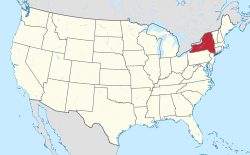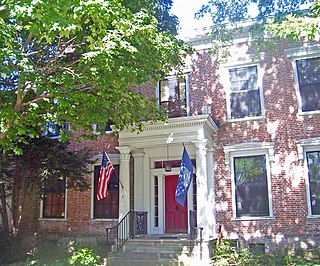
Columbia County is a county located in the U.S. state of New York. As of the 2020 census, the population was 61,570. The county seat is Hudson. The name comes from the Latin feminine form of the name of Christopher Columbus, which was at the time of the formation of the county a popular proposal for the name of the United States.
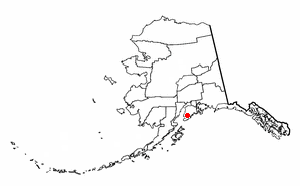
Fox River is a census-designated place (CDP) in Kenai Peninsula Borough, Alaska, United States. At the 2010 census the population was 685, up from 616 in 2000. It was first reported by the U.S. Geological Survey in 1895. The Fox River, which flows by the CDP, might have been named for Theodore Fox, a local mining magnate.
Newark Township is a civil township of Gratiot County in the U.S. state of Michigan. The population was 1,149 at the 2000 census.

Gerry is a town in Chautauqua County, New York, United States. The population was 1,789 at the 2020 census. The town is named after Elbridge Gerry, the fifth Vice President of the United States. The town is centrally located in the county and is north of Jamestown.

Austerlitz is a town in Columbia County, New York, United States. The population was 1,654 at the 2010 census. The town was named after the Battle of Austerlitz.
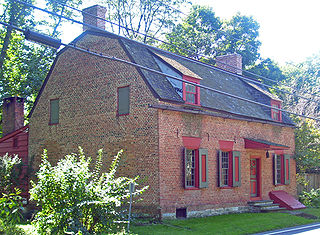
Claverack is a town in Columbia County, New York, United States. The population was 6,021 at the 2010 census. The town name is a corruption for the Dutch word “Klaverakker” for "Clover Fields" or "Clover Reach". In 1705, the first discovery of a mastodon tooth occurred here.
Claverack-Red Mills, commomly known as Claverack, is a census-designated place (CDP) in Columbia County, New York, United States. The population was 913 at the 2010 census.

Copake is a town in Columbia County, New York, United States. The population was 3,615 at the 2010 census. The town derives its name from a lake, which was known to the natives as Cook-pake, or Ack-kook-peek, meaning "Snake Pond".
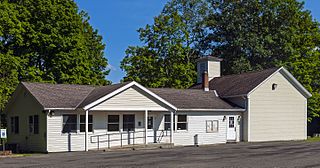
Gallatin is a town in Columbia County, New York, United States. The population was 1,668 at the 2010 census. Gallatin is on the southern border of Columbia County and located 100 miles (160 km) north of New York City.
Lorenz Park is a census-designated place (CDP) in Columbia County, New York, United States. The population was 2,053 at the 2010 census.

Stockport is a town in Columbia County, New York, United States. The population was 2,815 at the 2010 census.
Stottville is a hamlet and census-designated place (CDP) in Columbia County, New York, United States. The population was 1,375 at the 2010 census.

Stuyvesant is a town in Columbia County, New York, United States. The population was 2,027 at the 2010 census. The town is in the northwest corner of Columbia County. U.S. Route 9 crosses the southeastern corner of the town.

Taghkanic is a town in Columbia County, New York, United States. The town is in the south-central part of the county. The population was 1,310 at the 2010 census. "Taghkanic" is an older spelling of "Taconic".
Jefferson Heights is a hamlet and census-designated place (CDP) in Greene County, New York, United States. The population was 1,094 at the 2010 census.
Leeds is a hamlet and census-designated place (CDP) in Greene County, New York, United States. The population was 377 at the 2010 census.

Oriskany Falls is a village in Oneida County, New York, United States. The population was 732 at the 2010 census. The name is derived from a waterfall on a nearby stream.

Saugerties South is a hamlet in Ulster County, New York, United States. The population was 2,218 at the 2010 census.

Millston is a town in Jackson County, Wisconsin, United States. The population was 136 at the 2000 census. The unincorporated community of Speck Oaks is located in the town. The census-designated place of Millston is also located in the town.
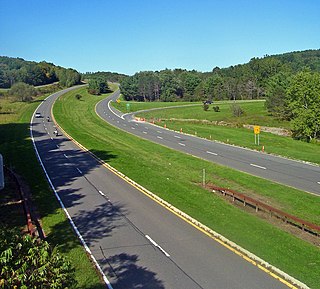
Ghent is a town in Columbia County, New York, United States, with a ZIP code of 12075. The population was 5,402 at the 2010 census. Ghent is centrally located in the county and is northeast of the city of Hudson.


